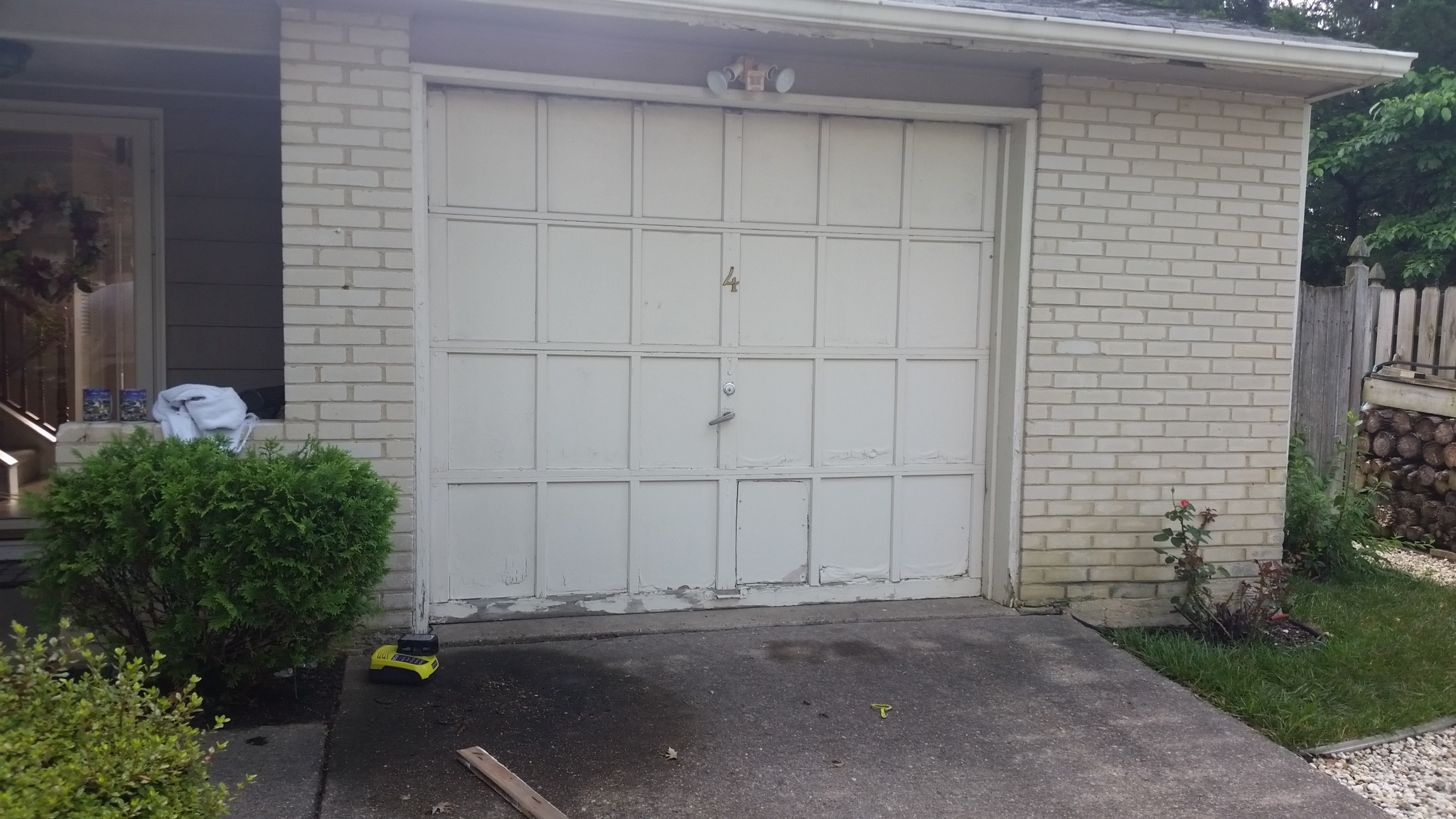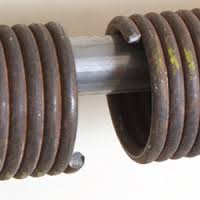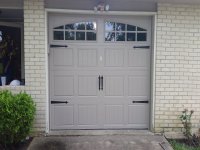
Why Garage Door Insulation Matters and How to Do It Right
Key Highlights
- Garage door insulation is crucial for improving energy efficiency in your home.
- Proper insulation helps in reducing heating and cooling costs significantly throughout the year.
- Different types of insulation materials such as fiberglass, foam board, and reflective insulation offer unique benefits.
- Fiberglass insulation is known for its effectiveness and ability to adjust to the garage door’s size.
- Foam board insulation is a cost-effective option that provides good thermal insulation for garage doors.
- Reflective insulation is ideal for hot climates, acting as a radiant barrier against excess heat.
________________________________________
Insulating the garage door is one of the most effective things you can do to conserve energy in your home. By adding garage door insulation, the thickness of the material plays a crucial role in maximizing its effectiveness. The most notable benefit of insulating your garage door is saving on energy bills from heating and cooling systems, as it helps maintain a more stable temperature inside your garage and home.
In this article, you will learn how to insulate your garage door effectively, using garage door insulation techniques to enhance thermal comfort and save energy.
The Importance of Insulating Your Garage Door
It’so important to insulate your garage effectively, and if what we mentioned in the introduction wasn’t enough, we’ll go into more details here:
Enhancing Energy Efficiency in Your Home
Insulating your garage door will help you make your home more energy efficient than it is at the moment. Proper insulation, such as garage door insulation, helps to maintain a specific temperature in the house and thus only natural light is let into the living area. This also means that your heating and cooling systems will not have to struggle as they otherwise are intended to do.
You will also spend less energy and hence you will be able to spend less on your electricity bills. This makes your home more environmentally friendly and more cost effective in the long run. Hence when there is proper insulation, heat transfer is minimized. It keeps your home warm in the cold times, and cool during the hot seasons, all without a need to make any changes.
Reducing Heating and Cooling Costs Throughout the Year
Proper garage door insulation app can help lower heating and cooling bills. It keeps the indoor temperature steady by stopping heat from escaping in winter and keeping it out in summer. This way, your HVAC system does not have to work as hard, which results in lower energy costs. Using good insulation helps keep your home comfortable throughout the year. Materials like foam board or fiberglass offer significant savings on heating and cooling expenses. This makes investing in insulation a smart choice.
Types of Garage Door Insulation Materials
- Fiberglass insulation helps keep the right temperature inside your home.
- Foam board insulation is a cost-effective choice.
- Reflective insulation is great for hot areas.
The Benefits of Fiberglass Insulation
Fiberglass insulation and expanded polystyrene (EPS) are great options for keeping your garage at a good temperature. It traps air in its structure, which helps control the heat. This can lower your energy bills. It is also flexible, so you can easily install it, even if your garage door has an odd shape. On top of that, fiberglass insulation and EPS resist moisture, which stops mold and mildew from growing. When you consider garage door insulation, you’ll find that it is very strong and lasts a long time, making it a smart choice for insulation on your garage door.
Foam Board Insulation: A Cost-Effective Option
Foam board insulation is a smart choice for saving money and making your home more energy efficient. This insulation comes in different thicknesses. It works really well to keep heat in and control moisture. You can easily install it with a utility knife and glue. Many homeowners pick this option because it’s affordable. Foam board insulation can help lower your heating and cooling bills. This is especially true for homes with metal garage doors.
Reflective Insulation: Ideal for Hot Climates
Reflective insulation is great for hot places because it stops heat from moving in. It reflects heat away from the garage door, which helps keep the inside cooler. This means you won’t have to use as much air conditioning. This insulation usually has thick double foil materials in it, creating a strong barrier against heat. If you live where it gets really hot, reflective insulation can help make your garage more comfortable and save energy.

Step-by-Step Guide to Insulating Your Garage Door
Start by getting the garage door surface ready. Make sure it is clean and dry. Measure the panels so you can cut the insulation material accurately with a utility knife. Next, place the insulation material firmly on the panels. Begin at the top and work your way down. If you are using fiberglass insulation, remember to wear the right protective gear. Use a suitable adhesive to secure foam board insulation. Cut off any extra material for a perfect fit. Do this for each panel to make sure everything is covered well and works effectively.
Preparing Your Garage Door for Insulation
Before you begin the insulation process, make sure the garage door is clean and dry. This helps the insulation stick better. Take off any old weather stripping or seals. Look for any dents or damage on the door that may need fixing first. Measure the size of the panels accurately so the insulation fits well.
Applying Insulation Materials Correctly
When you put garage door insulation panels on your garage door, make sure it fits well. This helps it work better. First, use a utility knife to cut the insulation to the right size. Next, align the panels correctly and attach them to the door. You can use adhesive or fasteners for a clean look. Don’t forget about the corners and edges, as this can stop heat or cool air from escaping. A good job of adding insulation can really boost your garage’s thermal performance and save energy.
________________________________________
Properly insulating your garage door is a good investment. It can make your home more energy efficient. This means you will save money on heating and cooling costs. Plus, it can help make your home more comfortable.
If you’d like professional help in installing the insulation properly, you can reach out to us at Dave Moseley the Door Guy any day of the week in Berlin, NJ. We’re always ready to help.
Frequently Asked Questions
How does garage door insulation save money?
Garage door insulation helps to maintain a stable temperature in your garage by minimizing heat transfer. This reduces the workload on your HVAC system, leading to lower energy bills for heating and cooling throughout the year.
What types of materials are used for garage door insulation?
Common insulation materials for garage doors include:
- Fiberglass insulation: Known for its effectiveness and durability.
- Foam board insulation: Cost-effective and provides excellent thermal resistance.
- Reflective insulation: Ideal for hot climates, it reflects radiant heat away from the garage.
Can I install garage door insulation myself?
Yes, DIY garage door insulation is possible! With some basic tools, you can measure, cut, and install fiberglass or foam board insulation. Just be sure to follow safety precautions and ensure proper fitting for maximum efficiency.
What are the benefits of fiberglass garage door insulation?
Fiberglass insulation is highly effective in controlling temperature, and it’s flexible, making it easy to fit into various garage door sizes. It is also moisture-resistant, preventing mold growth, and is durable enough to last for many years.
How do I know if my garage door needs insulation?
If your garage is cold in the winter or hot in the summer, or if your heating and cooling bills are high, your garage door may benefit from insulation. Insulating your garage door can help stabilize the temperature in your home, leading to energy savings.





